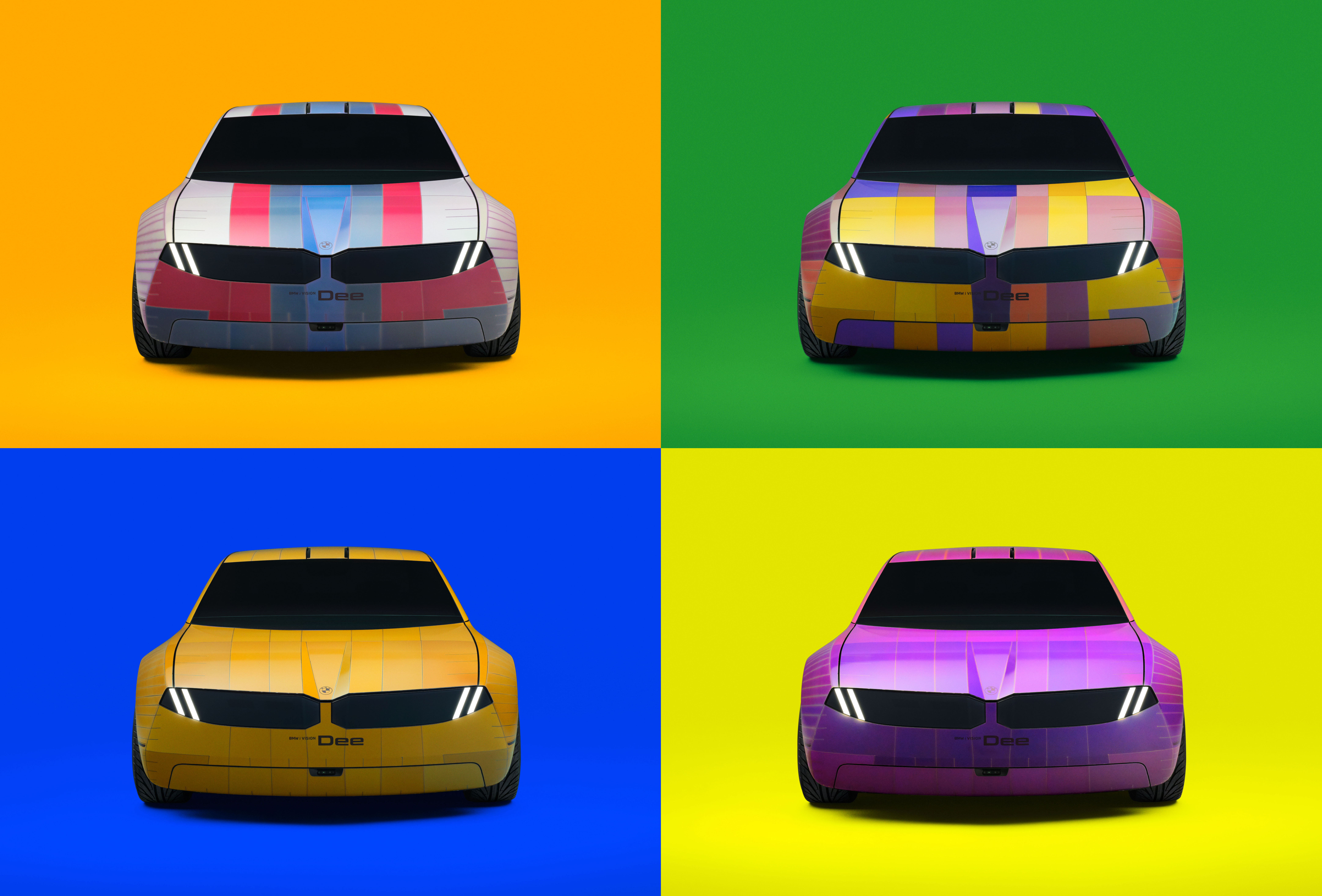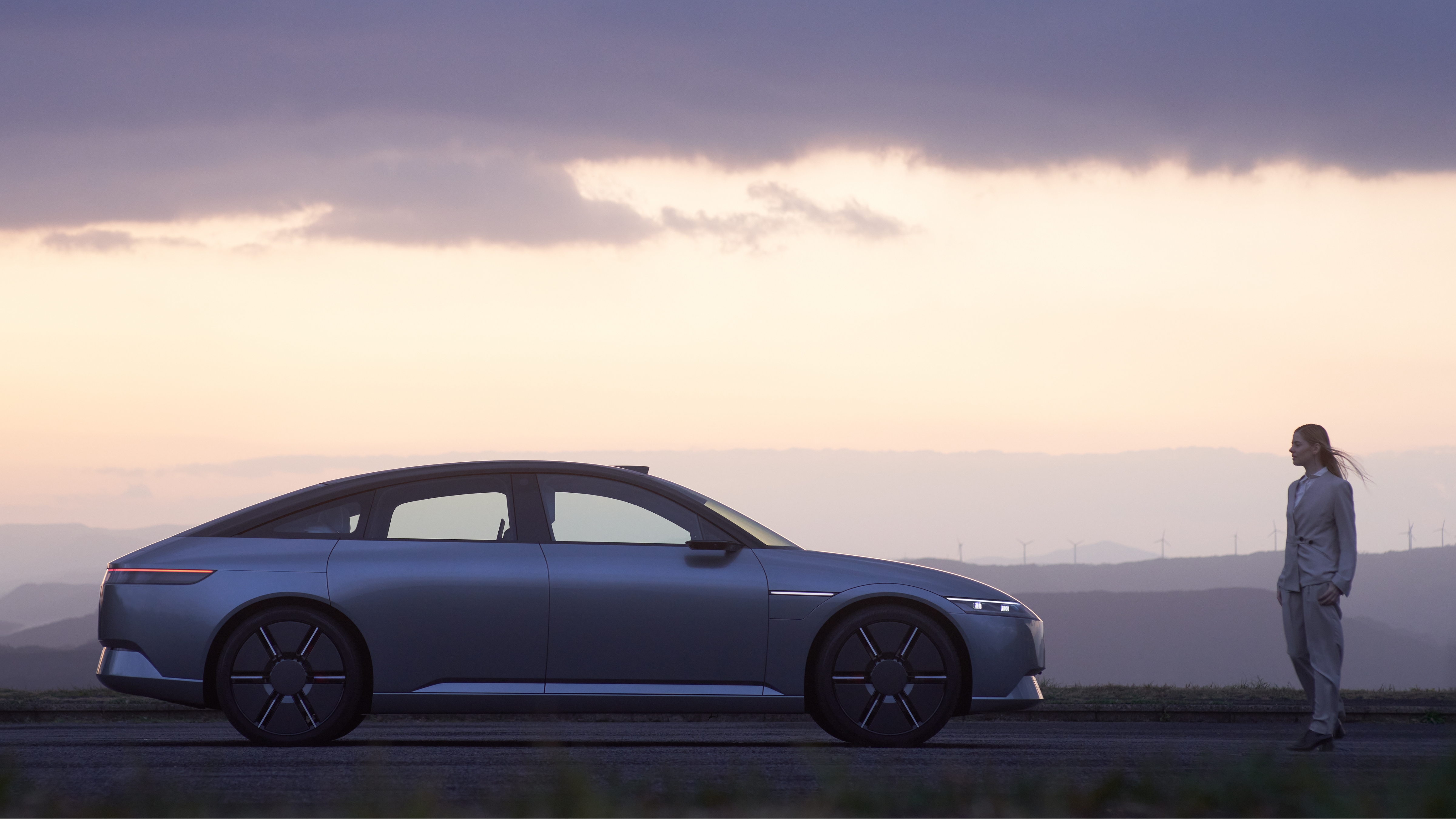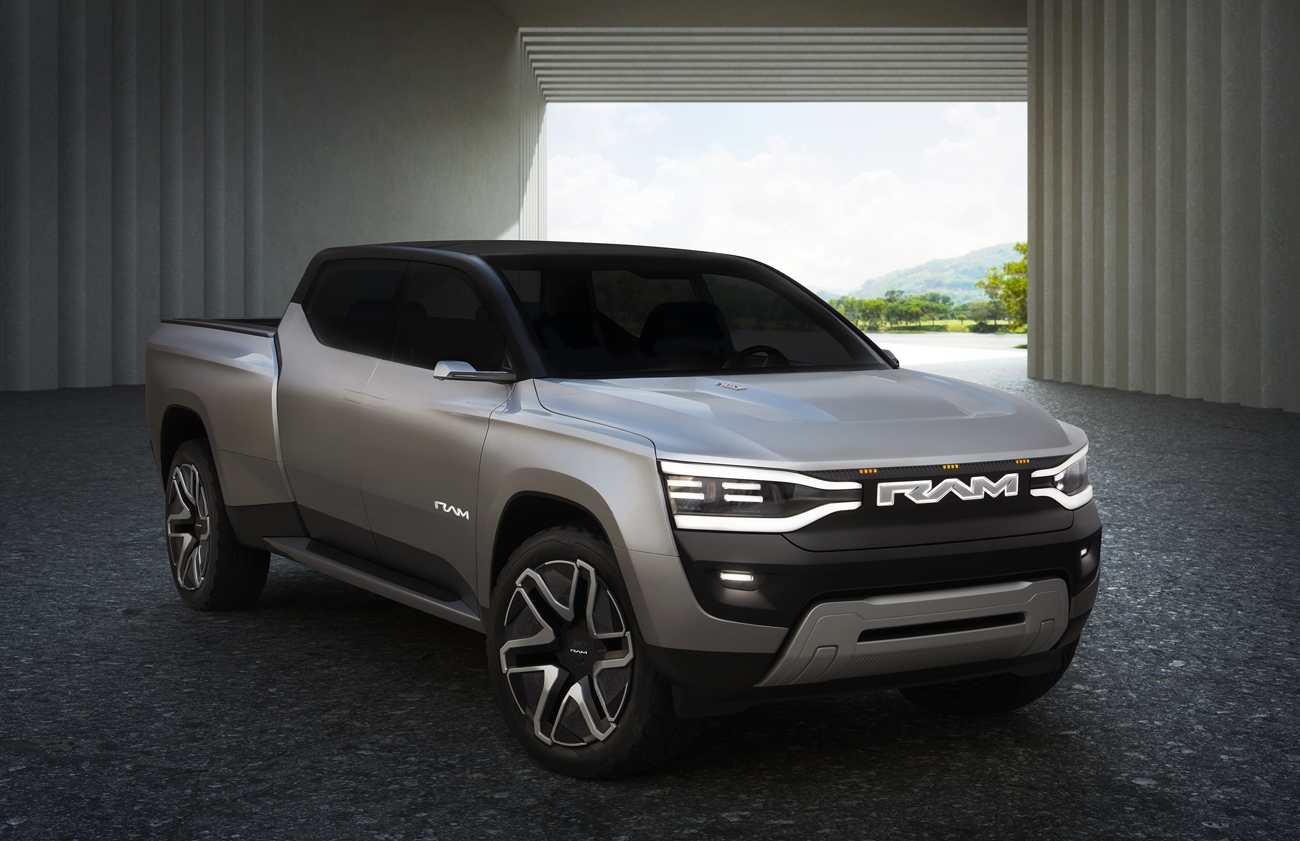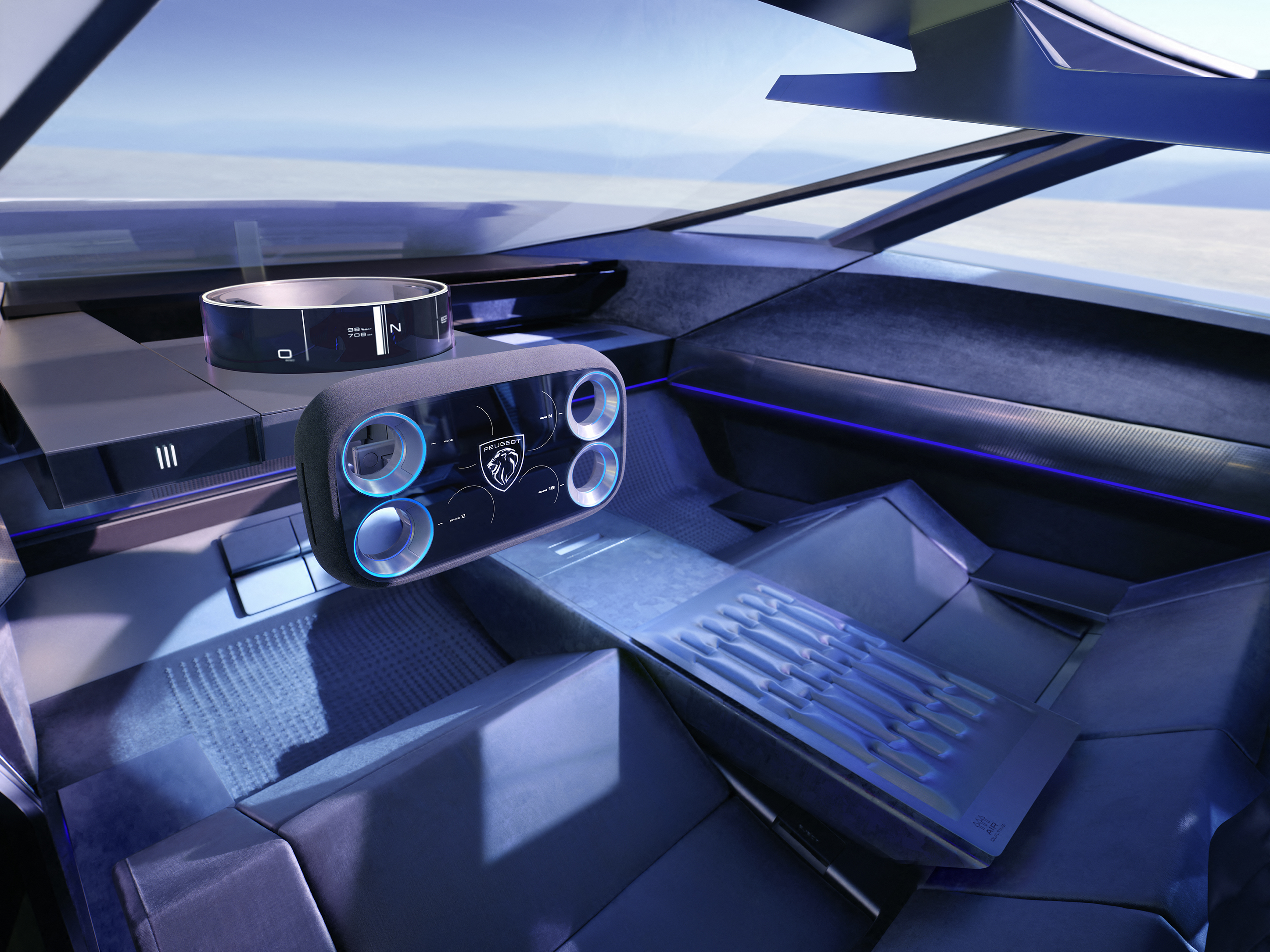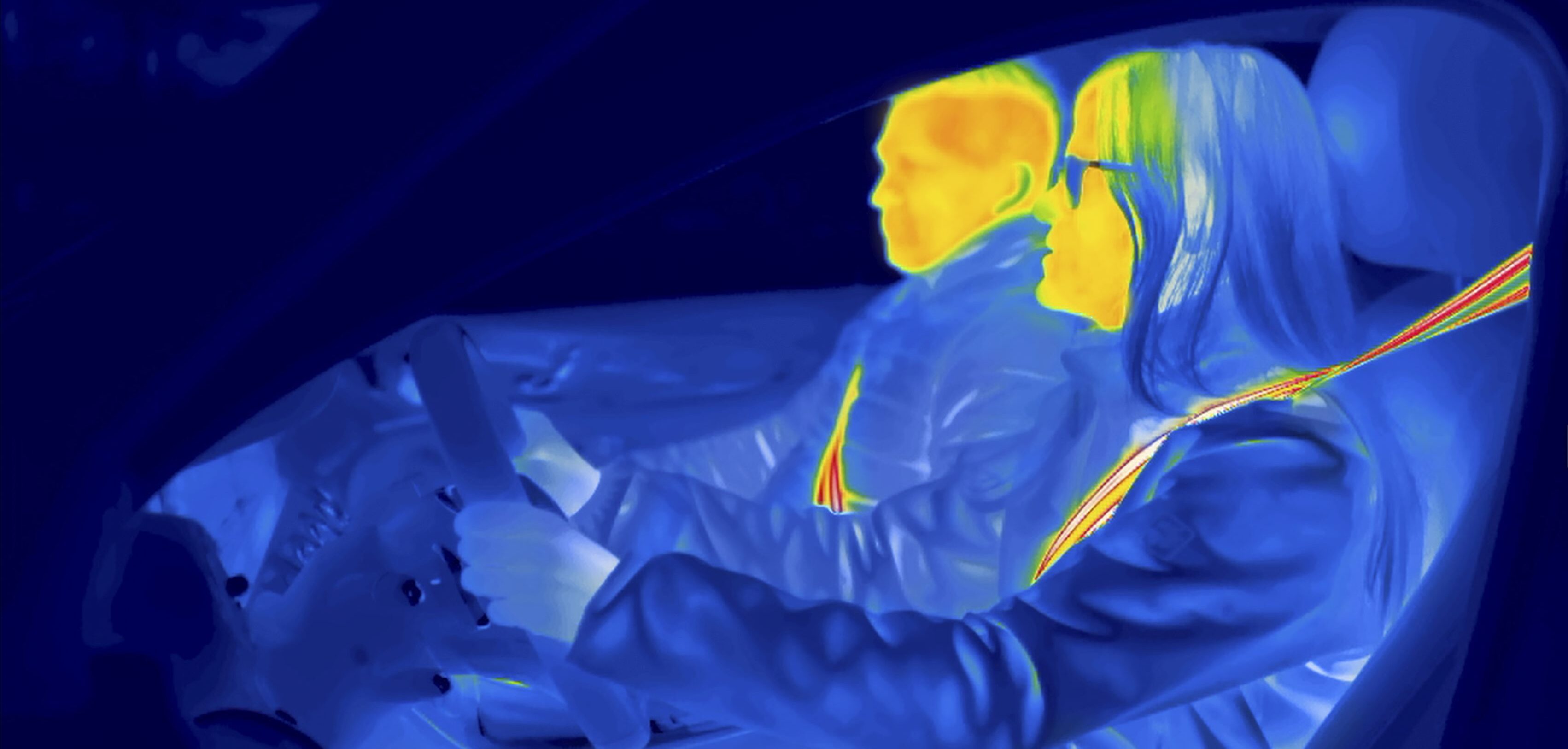CES: Inside the biggest motor show in the world
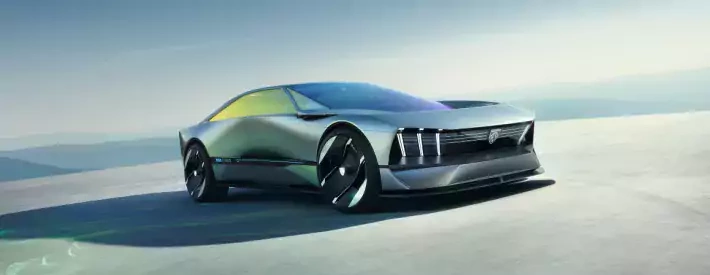
Is the Consumer Electronics Show the most important event in our industry’s calendar? You could definitely argue that case. Since the bewildering relocation of the Geneva Motor Show to Doha and the dwindling significance of regional events in Tokyo, Detroit and Frankfurt, CES has risen to prominence as ‘the’ place for even legacy manufacturers to demonstrate their cars to an engaged public and press.
This rapid change, expedited by the pandemic and worsened by the chip shortage, has been fuelled fundamentally by the growing importance of battery-electric vehicles, which has transformed the automobile from a standalone entity in the public consciousness into, well, consumer electronics. Cars are now parked alongside smart televisions, internet-enabled coffee machines, and all the other expensive gadgets that people like to buy.
BMW i Vision Dee
Thanks to an unthinkably expensive marketing campaign and a celebrity appearance from Arnold Schwartznegger, BMW’s i Vision Dee has won CES 2023. It’s a four-door German saloon that can change colour, and, to a lesser extent, its “facial” expression. There are over a hundred sections of the car’s exterior that can change colour independently, allowing for segmented patterns or just one all-over finish. Gone are the days when manufacturers would simply paint a car a colour and forget about it – today, consumers demand the ability to adapt the appearance of their vehicle on-the-go.
Obviously, this is daft. But that hasn’t stopped the world’s media from producing gushing articles and videos about BMW’s “chameleon car” endorsed by the Terminator himself. And that, folks, is how you play this game.
Sony Honda Afeela
Joining the Mazda Bongo Friendee and Ford Probe among our industry’s worst-named products, the Afeela – the first prototype from Sony and Honda’s joint venture – might be the most important car at this year’s show. Sony Honda Mobility is the Brooklyn Beckham of the automotive world, a corporate ‘nepo baby’ of two Gen X icons with huge expectations placed upon it. Whether it will ever live up to the hype, or even deliver a product to market, is as-yet unknown.
The Sony Honda Mobility Afeela (ugh) is, predictably, geared towards entertainment, with a huge emphasis placed on the audio-visual contents of the cabin. Beyond that, it follows a predictable sort of recipe; yoke-shaped steering wheel, way too many cameras, and an interior like that of a trainer. As with any other concept car at a motor show, there’s no indication that the Afeela is even close to what SHM will build, but we can only assume it gives us some indication of where they’re heading.
Ram 1500 Revolution BEV
Sliding silently into the hypermasculine world of pickup trucks is the Ram 1500 Revolution BEV, an electric interloper designed to compete against the Ford F-150 Lightning in a battery-electric tug-of-war. The fact it doesn’t have a V8 is likely to raise eyebrows in the pickup truck’s cultural home, but elsewhere the recipe works; massive on-street swagger, moderate social responsibility kudos, and plausible utility for businesses that want a vast off-road commercial vehicle without the exhaust emissions that normally follow it around.
With rear suicide doors and no B-pillars, Ram’s electric pickup truck is surprisingly welcoming despite its heft. But the most interesting feature is the so-called “Shadow Mode”, in which the car will follow its owner around like a dog. The ability to get out and walk for a bit, knowing the car isn’t far behind, will be useful to some workers, though Stellantis has yet to clarify whether the Ram 1500 Revolution BEV knows fetch, sit or stay yet.
Peugeot Inception
It wouldn’t be a motor show without a French brand vastly overestimating how much time people want to spend just hanging out in their cars. The Peugeot Inception has a lounge instead of a cabin and a steering that is not just square, but “Hypersquare”.
It also has a 500-ish-mile range and a 670-ish-bhp output from its electric motors. It’s never going into production, of course – that’s not the point – but we’re told that the Hypersquare steering wheel might be, and that the lounge-style interior will inspire cars across Peugeot’s range within the next few years.
ZF Heat Belt
If you liked the seat belt then you’ll love the heat belt. It’s a name so good that we assume ZF – the German engineering firm known best for its transmission tech – started there and worked backwards. Because surely this isn’t something that anybody will actually need, right?
But think about it. There are clear practical advantages to heating occupants directly – it’s far more efficient to use a heated seat, or indeed a heated seat belt, than to blast warmed-up air into the cabin like it’s 2019. This is particularly true of EVs, which need to conserve their energy for more useful tasks like moving forwards and backwards. Then there are the marginal advantages in encouraging the driver or passenger of a car to take off thick outer layers before putting a seatbelt on (safer) and in encouraging people to wear seatbelts at all. But also, just think about it – imagine having a warm, snug seatbelt on right now, even at your desk or on your sofa. Thermodynamics aside, it’s difficult to argue with that level of cosiness.


